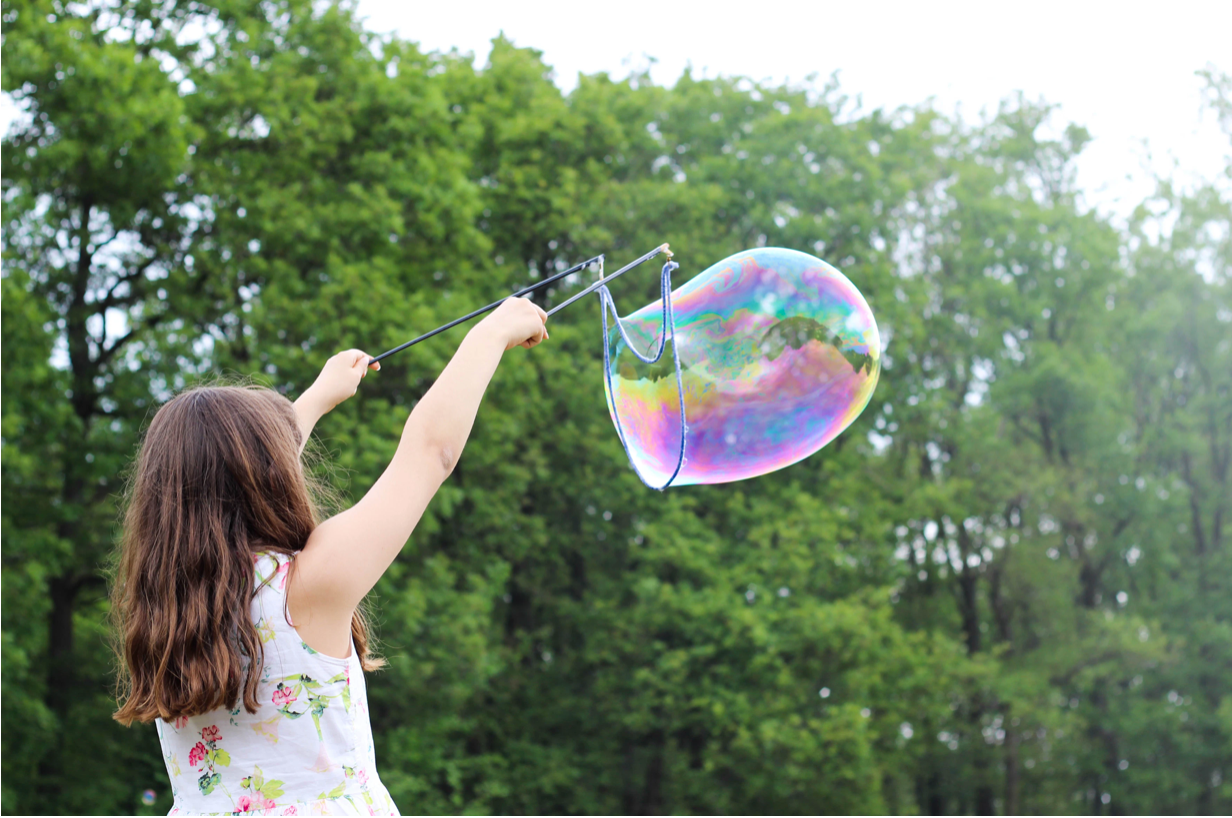Once upon a time… and so begins this great story. The story that Carmela Fierro, our trainer, invited us to experience during the Elementary workshop.
Are you ready? Here we go!
Anyone who has been part of a Montessori Elementary environment can identify the challenge posed by teamwork and research projects that children go through during the learning process. The guide, or rather, the great storyteller, is the one who plants the seeds of interest that will create curiosity and wonder in the child. The child, whose imagination is ripe, already knows their environment, and you know what? This is no longer enough. The elementary child needs to know the world, to venture out of their environment, to explore, investigate, learn, discover, imagine…
But, I wonder, what is the role of the guide in all of this? How do we walk the children through?
In the previous workshop on investigation and projects in the Montessori elementary environment, our trainer Carmela Fierro invited the Montessori community to reflect on some aspects that are of great importance when making research proposals. That’s why we want to share with you some tips that will surely help you on this journey:
As Carmela mentioned, it is very important that, once the project has begun, we can observe what the children are doing. The second step is to be able to guide the investigation. This involves guiding the children during the process by providing support in organization (Who will be responsible? How are the tasks divided? What do they want to know about a certain topic?). Carmela commented that the following questions can contribute to this organizational process: Why do you want to research this topic? What do you know about this topic? What else do you want learn? Does anyone else in the environment want to learn more about the same topic? (form groups) Where can you all look for information? How are they going to record the information found?
Remember that the questions should come from the children, not from the guide. If suddenly they come up with many questions, the adult can help classify and thus define the different investigations or different work groups.
The adult is the one who accompanies this process – we must not leave the children alone. We must check progress periodically. The guide can have a notebook where, together with the children, they can take notes about the following for example: the duration of the research process should be established – it is not advisable to extend it for too long, as it can lead to a loss of interest.
It is very important that we can always ask ourselves if we are allowing the children to ask questions and not asking for them. Yes, we can ask questions so that children think: Could it be that…?
Carmela said that “we must release drops of information that generate interest.”
Don’t forget about the quality of the work; it is essential that you review the narration, spelling, coherence, cohesion, the quality of the drawing, etc.
Some children want to present their work once finished. Then, a third stage could be the presentation. Before presenting to other children, they must show the work to the guide. At this moment, changes are made as necessary for the presentation to be beneficial for the whole group. We remember that this last step is carried out only if the children wish to do so.
An important aspect is that the environment must be equipped with the material that the children will need to carry out research processes and projects (books – stationery material – etc).
So, remember: Motivation, monitoring, and presentation are the keys for the research process to bear fruit.
Undoubtedly, Carmela’s workshop has been revealing for all of us who work in Montessori environments. Its simplicity and warmth reflect her experience and wisdom. Listening to her is always a gift.
Thank you, Carmela!
Author: Magalí Ayelén Segalerba Vítola
Translated by: Caro Guardia

Visit our Instagram page by clicking on this LINK
info@montessoristoppani.com
Tijuana (664) 748-0177
USA: +1 (619) 432-5222
Pasadena, CA